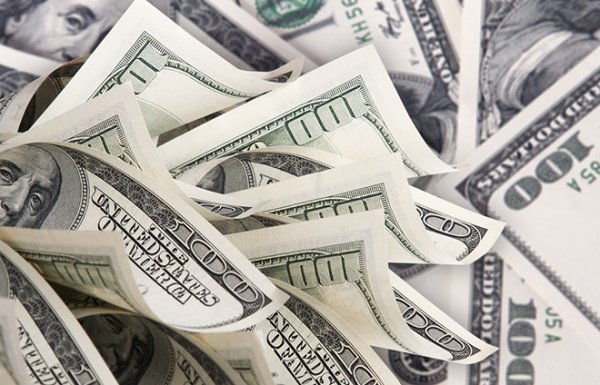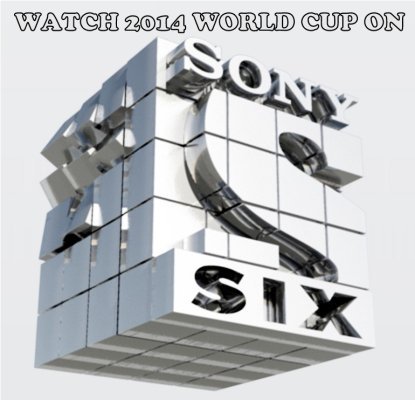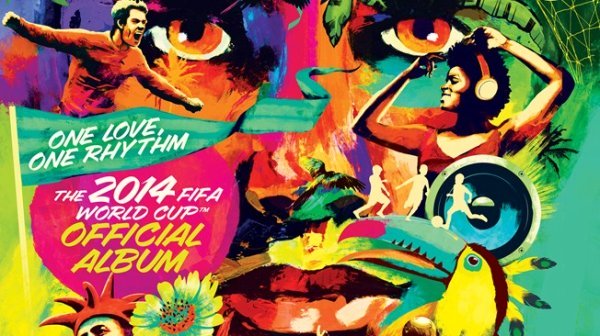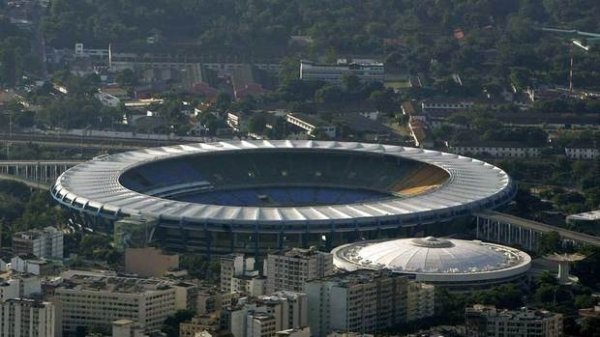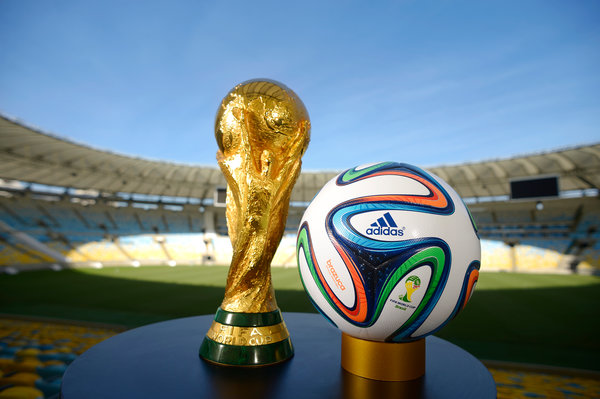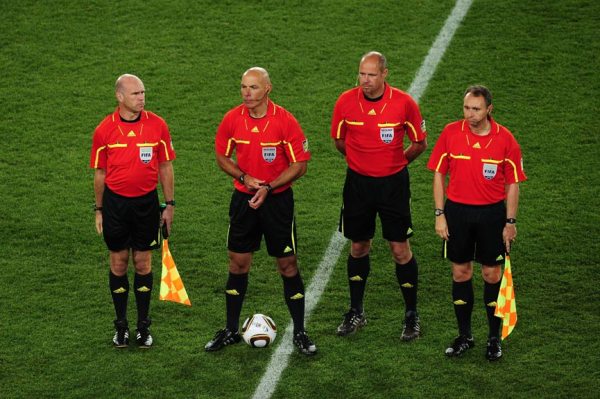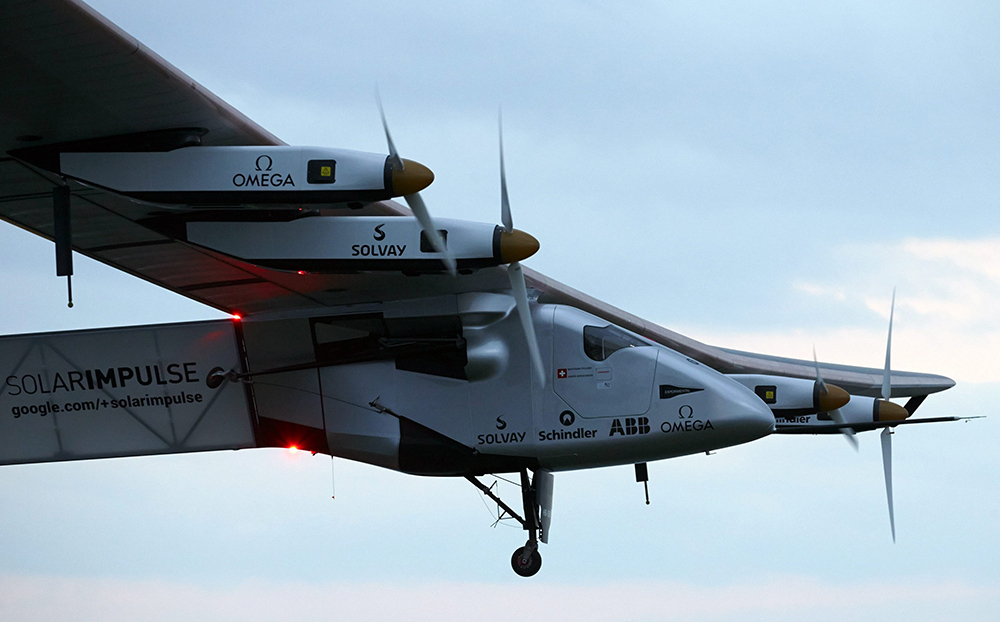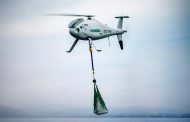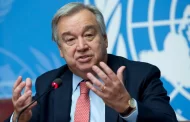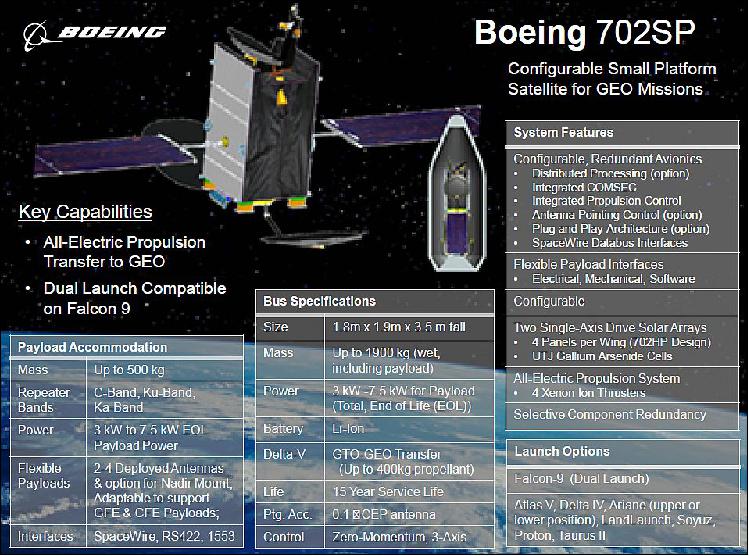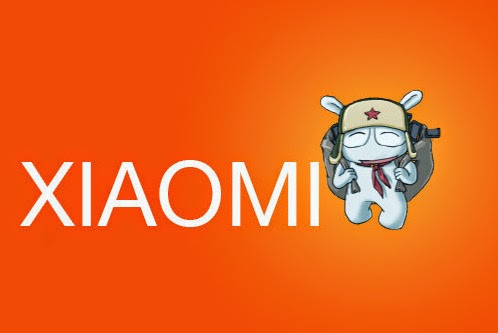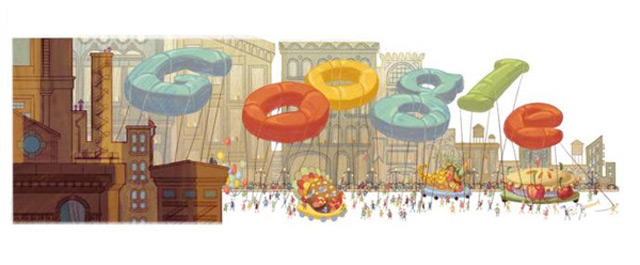1 Official Logo
Every World Cup has a distinct image. This image is projected through an emblem. The Official Emblem of the World Cup visually represents the tournament and the host country all over the world. The official emblem of the 2014 FIFA World Cup is known as “Inspiration.” It consists of three hands forming the World Cup trophy in yellow and green colour. These colours signify that Brazil warmly welcomes the world to the country. This logo has been chosen by a jury after considering 25 submissions by various Brazilian agencies.
2 Prize Money
FIFA confirmed that the total prize money of the World Cup will be US$ 576 million. This figure includes US$ 70 million which is to be paid by FIFA to the domestic clubs of the players representing their national teams. There is a 37% increase in the total amount distributed in the previous edition. Before the start of the World Cup, FIFA will remit US$ 1.5 million to every entrant for their preparation costs. The prize money after the tournament will be distributed as follows:
- US$8 million – To each team eliminated at the group stage (16 teams)
- US$9 million – To each team eliminated in the round of 16 (8 teams)
- US$14 million – To each team eliminated in the quarter-finals (4 teams)
- US$20 million – Fourth placed team
- US$22 million – Third placed team
- US$25 million – Runner up
- US$35 million – Winner
3 Broadcasting rights
The broadcasting rights have been sold directly by FIFA, or through licensed companies or organizations. Several territories and countries (ex.: India, Italy, Algeria, Korea Republic) are grouped as they share common broadcasters or common geographic space. The sale of these rights accounts for an estimated 60% of FIFA’s income from conducting a World Cup. The International Broadcast Centre will be situated at the Riocentro. India is clubbed under the head “South Asia” along with Bangladesh, Bhutan, Pakistan, Sri Lanka, Nepal and Maldives. The broadcasting rights for this region have been bought by MSM Satellite and the matches will be telecasted in Sony Six and Set Max.
4 Official Song and Anthem
FIFA and Sony Music announced that the official song for the tournament will be “We Are One (Ole Ola)” by Pitbull, Jennifer Lopez and Claudia Leitte. The secondary theme song will be Shakira’s Dare (La la la). FIFA also announced that the song “Dar um Jeito” (We will find a way) written by Avicii, Carlos Santana, Wyclef Jean and Alex Pires has been chosen as the official anthem of the 2014 FIFA Wold Cup. The official music instrument of the tournament is “Caxirola”; a percussive instrument created by Brazilian musician Carlinhos Brown. They have been produced in such a way that it makes a softer sound than “Vuvuzelas” which were being used during the previous edition in South Africa. Unfortunately, FIFA later announced that caxirolas will not be allowed inside the stadiums due to security reasons.
5 Stadiums
This World Cup will see the most number of cities and stadiums in a single tournament. After a proposal by Brazil to allow 12 venues instead of normal 10, FIFA accepted the proposal and allowed Brazil to conduct the tournament in 12 different venues in the interest of the whole country. The 12 venues – capitals of every state cover all the regions of Brazil. Following is the list of stadiums. Read as – Venue, Stadium, Capacity
Rio de Janeiro Estadio do Maracana 73,531
Brasilia Estadio Nacional 70,042
Sao Paulo Arena de Sao Paulo 65,087
Forteleza Estadio Castelao 64,846
Belo Horizonte Estadio Minerao 62,547
Porto Alegre Estadio Beira-Rio 48,849
Salvador Arena Fonte Nova 48,747
Recife Arena Pernambuco 44,248
Cuiaba Arena Pantanal 42,968
Manaus Arena da Amazonia 42,374
Natal Arena das Dunas 42,086
Curitiba Arena da Baixada 41,45
6 Official Ball
The official ball that will be used in the tournament is called “ Brazuca.” which means ‘Brazilian’ and refers to the Brazilian way of life. It will be made by the company Adidas ,FIFA’s World Cup Official Match Ball supplier since 1970. It is the first match ball that was named by the fans after a public vote with over one million Brazilian football fans voting. The name “Brazuca” received 77.8% votes ahead of the names “Bossa Nova”, “Carnavalesca.” Brazuca is made of six polyurethane panels which keeps the ball water-resistant, and the bladder is made of latex, this providing a much better rebound than any of the balls used before. Also, “Brazuca” is said to be more aerodynamic than “Jabulani”.
7 Official Mascot
An armadillo that defends itself from predators by rolling up into a ball, was chosen as the official mascot by FIFA. The official mascot has been named as “Fuleco.” An online public vote was used to determine the name in which three potential names were offered. Around 48% voted for Fuleco, ahead of Zuzeco and Amijubi. “Fuleco” is a combination of the words “Futebol” (“Football”) and “Ecologia” (“Ecology”).
8 Match referees
FIFA referees committee appointed 25 referee trios and support staffs representing 43 different countries from all six football confederations for the 2014 World Cup. Main referees list from each confederation is as follows:
AFC Ravshan Irmatov(Uzbekistan) / Yuichi Nishimura (Japan) /Nawaf Shukralla (Bahrain) /Ben Williams (Australia) /CONCACAF Joel Aguilar (El Salvador) /Mark Geiger (United States) /Marco Rodríguez (Mexico) /CAF Noumandiez Doué (Ivory Coast) /Bakary Gassama (Gambia) /Djamel Haimoudi (Algeria) /CONMEBOL Néstor Pitana (Argentina) /Sandro Ricci (Brazil) /Enrique Osses (Chile) /Wilmar Roldán (Colombia) /Carlos Vera (Ecuador) /OFC Peter O’Leary (New Zealand) /UEFA Felix Brych (Germany) /Cüneyt Çak?r (Turkey) /Jonas Eriksson (Sweden) /Björn Kuipers (Netherlands) /Milorad Maži? (Serbia) /Pedro Proença (Portugal) / Nicola Rizzoli (Italy) / Carlos Velasco Carballo(Spain)/ Howard Webb (England).
9 Goal-line technology
After lots of debates, finally Goal-line technology will be used in the FIFA World Cup for the first time. After England were denied a goal against Germany wrongly, pressure to introduce an appropriate technology increased. Thus, IFAB approved the usage of the technology in 2012. After successful trials at 2012 & 2013 Club World Cups and 2013 Confederations Cup, the German company GoalControl will be the official goal-line technology provider for the World Cup.
FIFA.ORG








